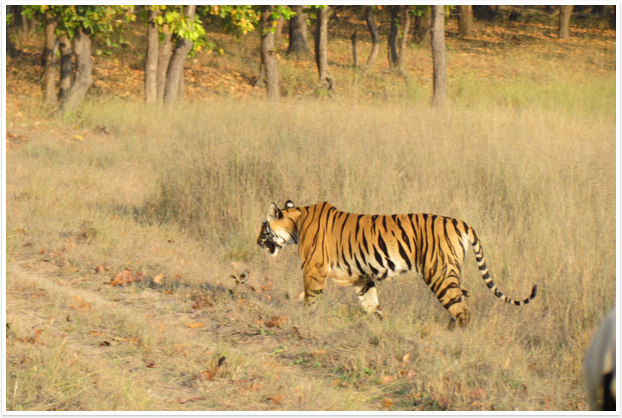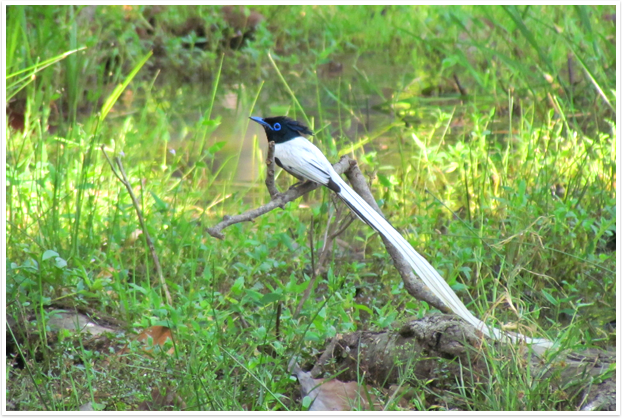
Bandhavgarh has a very deep-rooted importance of it's own in the history and mythology of India. Looming high over the entire park and located in the heart of it's core area, is a fort dating back to the mythological era of Rama and Hanuman from the Hindu epic 'Ramayana'. It is said that the two monkeys who created the "setu", or bridge, between India and Lanka to enable Rama to cross over and vanquish the demon king, Ravana, were also the architects of the Bandhavgarh fort. This fort was used by Rama and Hanuman on their journey back to their kingdom from Lanka. This fort was later handed over by Rama to his brother Lakshmana who came to be known as the "Bandhavdhish", lord of the fort.


Once this area got taken over by forest cover, the animals in the area too began to multiply. The negative aspect to this was that the royal family and their guests started using it as a hunting reserve. This continued until the Maharaja decided to hand it over, minus the area inside the fort, to the government.It was later declared a national park in 1968 and became Bandhavgarh Tiger Reserve under the Project Tiger in 1993. is is where the famous White Tigers were discovered in the year 1951.
